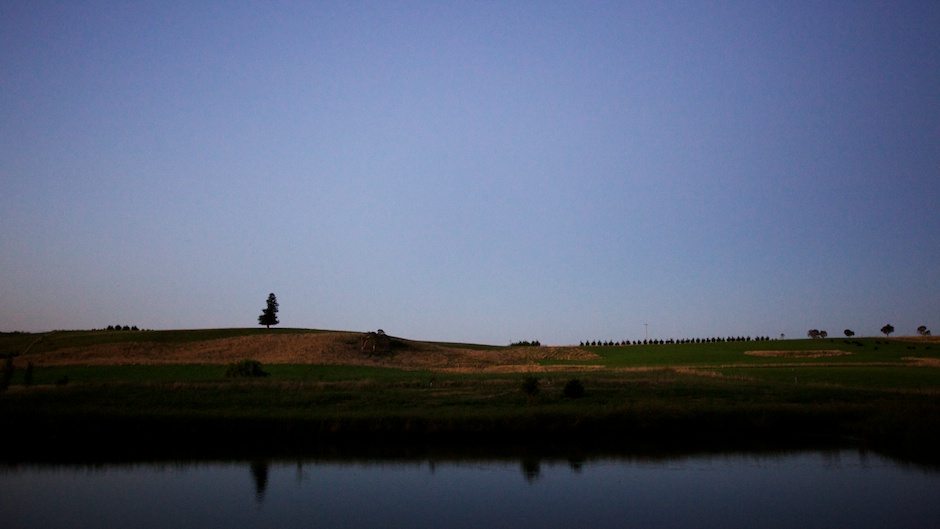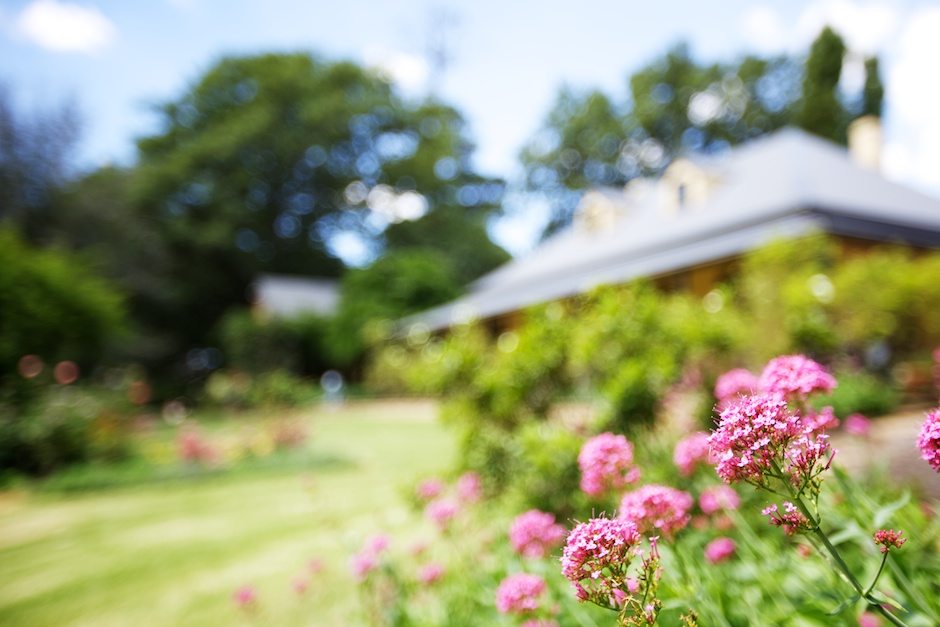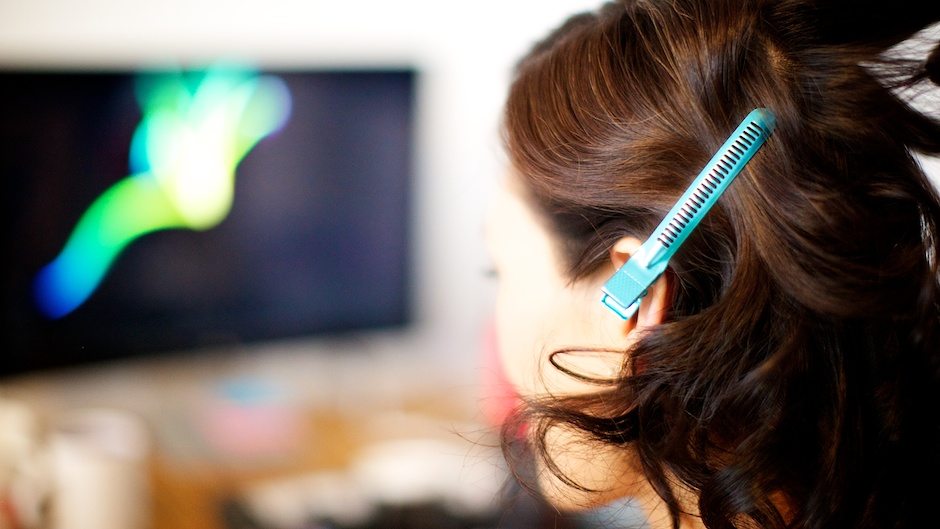“My style? You can call it the art of fighting without fighting”. Cool huh? That was how one of my movie idols Bruce Lee very eloquently described his style of martial arts in Enter The Dragon.
Alas I can’t describe my style of wedding photography quite as philosophically. Call me pessimistic but I don’t think “The art of wedding photography without wedding photography” is likely to win me much business!
But as we know, having a style is crucially important. As photographers it helps us to define who we are, what we stand for, and what drives us. And it helps our clients to identify and differentiate us from other photographers. So knowing your style is a fundamental building block for your new wedding photography business and it’s certainly something that I’m refining all the time as an emerging pro.
But how do you know what your style is? Is it the way you visualise, shoot and edit? Or do you go down the Bruce Lee path and consider what you don’t do as much as what you’re good at? Or is it a combination of all of the above? And if you think you know what your style is, how defined is it?
Try writing it down. Just three words will do. Oh you’re struggling? Tricky isn’t it?! Well fortunately if you want to be a wedding photographer you have three starting points already set up for you.
Brides inevitably turn to wedding magazines or websites for tips, advice and research. After all, it’s their first time being a bride (well, for most of them anyway!). Plus it’s quite possibly the first time they’ve had to hire a professional photographer and so their level of knowledge of photographic jargon is likely to be pretty low. Therefore photography advice sections of these resources aim to make things simple and so they generally use three terms to describe the main styles of wedding photography brides should consider: photojournalistic, traditional, and contemporary (or words to those effects). Consequently these are the terms that your clients are likely to search for or enquire about when they contact you, and hence you should strongly consider aligning yourself with one of these styles to match their requirements.
At this point there’s a strong chance that, like me, you’ve already placed yourself in the photojournalistic bucket, and that’s great as this modern style is what the vast majority of brides would say they are looking for. Tick.
But don’t totally discount the other genres. While I’ve yet to meet a bride who wants only traditional (formal, posed) or contemporary (fashion editorial) photography, they will often request elements of these to be dropped into a photojournalistic shoot e.g. traditional family formals or a contemporary portrait of the bride after her preparations are complete. These types of shots may not appeal to the artist in you but a degree of flexibility is key, especially in the early stages of establishing yourself when building up your client list and referrals is critical.
So you’re out of the blocks with a style. For the purposes of this post we’ll assume it’s the popular photojournalistic style. You now have the opportunity to interpret that term to highlight your strengths and make your work distinct from others. And in a good way of course! Don’t fall into the trap of assuming that being a photojournalistic shooter gives you free reign to wander around and take lots of shots of the backs of people’s heads! You might find that your clients are not too impressed at the results! And we all know how powerful word of mouth is!
Styles evolve and it may take a few shoots before you discover what your personal style of shooting truly is. Over time I’ve considered lots of words that I think describe my style e.g. documentary, vibrant, dramatic, but from my experience there are three recurring elements to the way I shoot and edit my images that are naturally defining my style and so I thought that sharing them here may help you to discover yours.
1. Cropping: I love movies (as you may have noticed!) and that’s probably why I tend to crop my images from a standard 3:2 aspect ratio to a 16:9 widescreen ratio. The cropped images suddenly become stills from the real life movie event I’m shooting and the results can be amazing, especially when landscapes become sweeping panoramas! And while this produces a letterbox effect on typical monitors, it’s worth bearing in mind that TV screens, tablets and smartphones are all adopting the widescreen format so that will become the natural way to view images.
In turn I‘ve found that I now visualise scenes in widescreen and this helps me to frame my shots and minimise wastage.
2. Slideshows: Video is becoming more and more popular, especially as virtually every new DSLR has it as a built in function. But shooting video requires a completely separate skill set to stills photography and as a wedding photographer I want to stick to just the one discipline and master it.
However, slideshows set to music are a great midway point between video and stills, so with that in mind I shoot some parts of my weddings in burst mode e.g. the couple being showered with petals, or the first dance. This way I can include stop motion sequences in the slideshows which, combined with a killer soundtrack, deliver a sense of movement, energy, drama and emotion. I also shoot some scenes in sequence with an extremely shallow depth of field where the focal point transitions from a detail in the foreground to the main subject in the background or vice versa. This is a very popular video technique which can easily be recreated through stills.
3. Energy: The movies I’m drawn to are visually stunning with vivid colours, high contrast and strong saturation; think of the blockbuster action movies from Michael Bay and Tony Scott. They bring a power and energy which can turn an everyday scene into a rich, visual feast. I don’t necessarily take my images to the same extreme but it helps me to visualise the potential of any scene I walk into.
So pulling this all together, what’s the net result? What is my style? Well I have a photojournalistic style which incorporates strong influences from the movies, so I call it cinematic storytelling. But apply Bruce’s way of looking at things and he would probably call it the art of video without video!
If you’ve defined your style I’d love to hear what you call yours and how you discovered it!
*The Current Photographer website contains links to our affiliate partners. Purchasing products and services through these links helps support our efforts to bring you the quality information you love and there’s no additional cost to you.
I’m a born and bred Londoner who decided to give up the rat race, move halfway round the world to Australia and live by beautiful Bondi Beach.
But that’s not all. I also bought loads of cool camera gear to play with then realised I could use it to make a living, and now I run a successful wedding and baby photography business.
My background in media and marketing has been invaluable in quickly establishing myself, particularly through social networking, and I’m keen to help others do the same. I also strongly believe in giving back to the community, so look out for my blog posts where I’ll be sharing thoughts, insights, and tips about life as an emerging wedding photographer.




Great post Milton! I’m guessing most of us out here just coming into our own (if that’s what we’re doing) would have a hard time classifying our style. Thanks for giving us some starting points and things to consider!
Defining my own style is difficult for me to do, having others define it for me might be more productive?
If I had to define it I would say “hobbyist with an hdr twist, shaken not stirred, colorfull and freewheeling”.